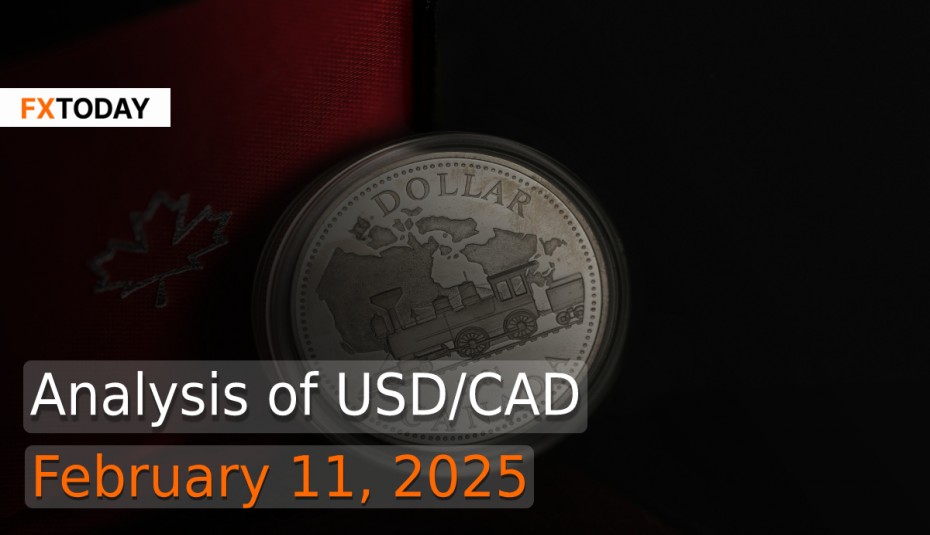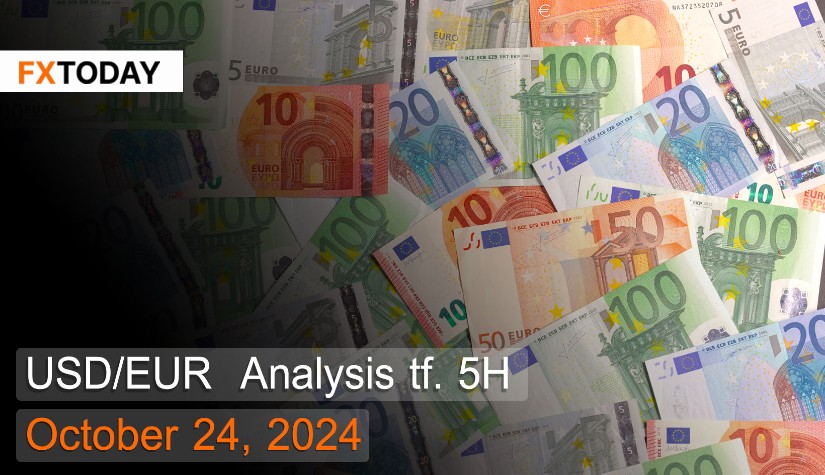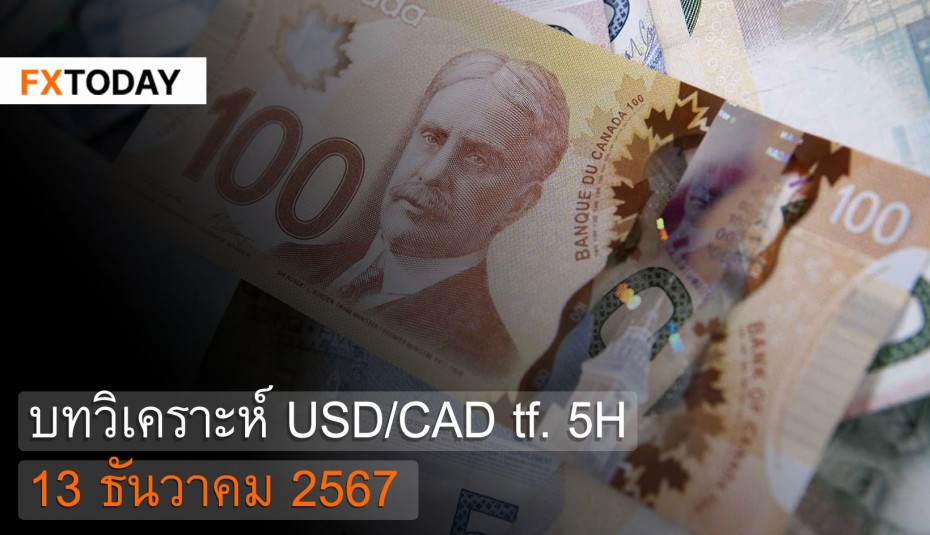Canada's Economic Uncertainty Supports USD/CAD Trend
Bank of Canada Governor Tiff Macklem warned that shifting U.S. trade policies and tariff threats from President Donald Trump were creating economic uncertainty, particularly for businesses and households in Canada and Mexico. Although Trump temporarily suspended a 25% tariff on imports from both countries, the uncertainty itself was already weighing on economic confidence. Speaking at a conference in Mexico City, Macklem emphasized that prolonged uncertainty could hamper economic growth, making it difficult for central banks to forecast accurately. He also cautioned that widespread tariffs could damage long-term prosperity in ways monetary policy could not offset.
Beyond trade tensions, other global challenges—such as geopolitical conflicts, technological disruptions, and extreme weather events—were further complicating monetary policy. Macklem acknowledged that central banks were increasingly vulnerable to criticism, as their ability to manage economic shocks was being questioned. Looking ahead, Macklem stressed the importance of maintaining price stability, improving economic modeling, and collaborating with other central banks while remaining independent and data-driven.
Meanwhile, Canada’s labor market showed signs of resilience. The unemployment rate unexpectedly dropped to 6.6% in January, accompanied by a net gain of 76,000 jobs. Although employment growth continued, the total number of unemployed individuals remained high at 1.5 million. Analysts had expected a more modest job increase, and the stronger-than-anticipated data led to a decrease in market bets on an imminent interest rate cut. Employment gains were spread across full-time and part-time roles, with particular improvements in manufacturing and professional services. Youth employment, which had been struggling, also saw a modest recovery.
Despite the positive labor data, Canada’s broader economic outlook remained uncertain. The economy had struggled for much of the previous year, with interest rate cuts failing to stimulate significant consumer spending or business investment. A Bank of Canada survey indicated that businesses remained cautious about hiring, particularly due to the looming threat of U.S. tariffs and declining immigration levels. Some economists suggested that if tariffs were enforced, further rate cuts would be necessary to support the economy.
Economic activity in Canada showed mixed signals. The Ivey Purchasing Managers Index (PMI) indicated a contraction in January, marking the first decline in five months. The services sector also weakened for the second consecutive month, with businesses citing trade uncertainty as a major factor. While lower borrowing costs were expected to stimulate growth, concerns over U.S. tariffs dampened confidence.
Manufacturing activity remained in expansion territory, albeit at a slower pace. The S&P Global Canada Manufacturing PMI dropped slightly, reflecting cautious business sentiment amid tariff uncertainty. Some manufacturers reported an increase in export orders as clients sought to get ahead of potential U.S. tariffs. Rising material costs, driven by a stronger U.S. dollar, added further pressure on manufacturers.
The U.S. dollar strengthened after President Donald Trump announced new 25% tariffs on all steel and aluminum imports, leading to concerns about the economic impact on major exporting nations like Canada, Brazil, Mexico, South Korea, and Vietnam. This policy move caused the Canadian dollar, Japanese yen, euro, and British pound to weaken. The Canadian dollar dropped to C$1.4307 before recovering slightly.
Investors awaited Powell’s congressional testimony and key U.S. inflation data for further signals on interest rate policy. Market expectations for rate cuts remained uncertain, with futures pricing in less than 40 basis points in reductions by year-end. Trump's tariff policies, which had already sparked trade tensions with Mexico, Canada, and China, raised concerns about potential retaliatory measures. China's counter-tariffs on U.S. goods were set to take effect later in the session.
The Federal Reserve is expected to delay further interest rate cuts due to inflation concerns, with most economists now predicting the next reduction will occur in the second quarter rather than in March. Many analysts have revised their inflation forecasts upward, citing potential price pressures from Trump’s tariff policies. The strength of the U.S. job market and stable consumer spending have reinforced the argument for a more cautious approach. Despite these challenges, the U.S. economy is projected to grow at an annualized 2.2% in 2025 and 2.0% in 2026, surpassing the Fed’s long-term non-inflationary growth estimate of 1.8%. The unemployment rate, which recently ticked down to 4%, is forecasted to rise slightly to 4.2% in 2025 and 4.1% in 2026.
With Canada’s economic outlook uncertain and the Fed’s cautious approach to rate cuts, the USD/CAD is likely to remain in an upward trend, with fluctuations depending on U.S. inflation data, trade developments, and global geopolitical factors.
Data for Technical Analysis (1H) CFD USD/CAD
Resistance : 1.4341, 1.4344, 1.4348
Support : 1.4333, 1.4330, 1.4326
1H Outlook
Source: TradingView
Buy/Long 1 If the support at the price range 1.4325 - 1.4333 is touched, but the support at 1.4333 cannot be broken, the TP may be set around 1.4344 and the SL around 1.4321, or up to the risk appetite.
Buy/Long 2 If the resistance can be broken at the price range of 1.4341 - 1.4349, TP may be set around 1.4362 and SL around 1.4329, or up to the risk appetite.
Sell/Short 1 If the resistance at the price range 1.4341 - 1.4349 is touched, but the resistance 1.4341 cannot be broken, the TP may be set around 1.4333 and the SL around 1.4353, or up to the risk appetite.
Sell/Short 2 If the support can be broken at the price range of 1.4325 - 1.4333, TP may be set around 1.4320 and SL around 1.4345, or up to the risk appetite.
Pivot Points Feb 11, 2025 03:56AM GMT
|
Name
|
S3
|
S2
|
S1
|
Pivot Points
|
R1
|
R2
|
R3
|
|---|---|---|---|---|---|---|---|
| Classic | 1.4322 | 1.4326 | 1.4333 | 1.4337 | 1.4344 | 1.4348 | 1.4355 |
| Fibonacci | 1.4326 | 1.433 | 1.4333 | 1.4337 | 1.4341 | 1.4344 | 1.4348 |
| Camarilla | 1.4336 | 1.4337 | 1.4338 | 1.4337 | 1.434 | 1.4341 | 1.4342 |
| Woodie's | 1.4322 | 1.4326 | 1.4333 | 1.4337 | 1.4344 | 1.4348 | 1.4355 |
| DeMark's | - | - | 1.4334 | 1.4338 | 1.4346 | - | - |
Sources: Investing 1, Investing 2
















